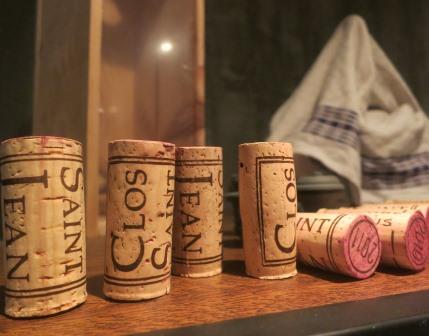2009 Clos Saint Jean Châteauneuf-du-Pape Deus-Ex Machina Châteauneuf-du-Pape Rhône France Wine Tasting Note
4986 Views
|
2009
Clos Saint Jean Deus-Ex Machina (Châteauneuf-du-Pape)
Blending 60% old vine Grenache and 40% Mourvedre created a beauty of a wine. It's incredibly rich, with decadent, lush, silky textures, waves of liquefied kirsch, velvet tannins and a mouth coating finish that does not quit. Yeah, it's young. But it's so good, it's hard not to want to pop a bottle. 4,986 Views Tasted May 18, 2015 |

When to Drink Clos Saint Jean, Anticipated Maturity, Decanting Time
Clos Saint Jean is best with decanting in its youth of between 1-3 hours allowing the wine to soften and open its perfume. Older vintages might need very little decanting, just enough to remove the sediment.
Clos Saint Jean is usually better with 4-6 years of bottle age. Of course that can vary slightly, depending on the vintage. In the best vintages the wine should be consumed within 5-20 years after the vintage.
Serving Clos Saint Jean with Wine, Food Pairing Tips
Clos Saint Jean is best served at 15.5 degrees Celsius, 60 degrees Fahrenheit. The cool, almost cellar temperature gives the wine more freshness and lift.
Clos Saint Jean is best served with all types of classic meat dishes, veal, pork, beef, lamb, duck, game, roast chicken, roasted, braised, stewed dishes, sausage, barbecue and cassoulet. Clos Saint Jean is also good with Asian dishes, hearty fish courses like tuna, salmon, mushrooms, pasta, eggplant, tomatoes and cheese.
The white wine of Clos Saint Jean is best served with a myriad of different seafood dishes, shellfish, crab, lobster, sushi, sashimi, chicken, pork and veal, as well as Asian cuisine.

